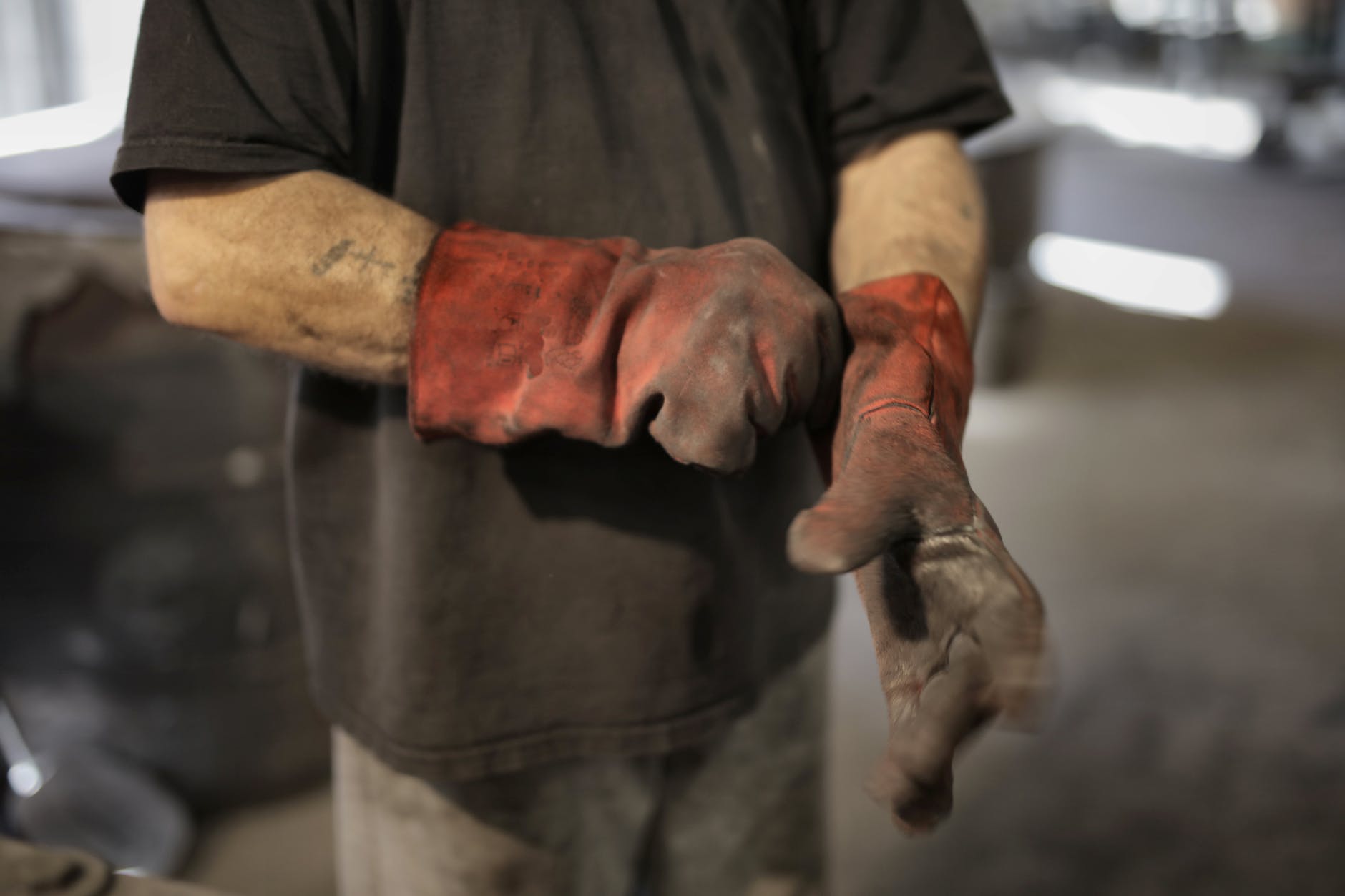
Hand Protection: Glove Selection and Proper Use
Introduction
Hands are essential tools in various activities, but they are also vulnerable to injuries and hazards. Selecting the right hand protection is crucial to prevent injuries and ensure a safe working environment. This article explores the importance of glove selection and provides guidelines for their proper use, emphasizing the diverse applications and considerations in different industries.
The Significance of Hand Protection
- Prevention of Injuries
- Physical Hazards: Gloves act as a barrier against physical hazards such as cuts, abrasions, punctures, and impact.
- Chemical Exposure: In industries dealing with chemicals, gloves protect against skin contact and potential chemical burns.
- Maintaining Hygiene and Contamination Control
- Food Handling: In the food industry, gloves maintain hygiene standards by preventing direct contact between hands and food items.
- Medical Settings: Medical gloves prevent the spread of infections and ensure a sterile environment in healthcare settings.
- Enhancing Grip and Dexterity
- Improved Grip: Gloves with appropriate textures or coatings enhance grip, reducing the risk of dropping tools or objects.
- Preserving Dexterity: Thin and flexible gloves maintain hand dexterity, crucial for tasks requiring precision.
- Heat and Cold Protection
- Heat Resistance: Heat-resistant gloves are essential in industries involving hot surfaces or materials.
- Cold Protection: Insulated gloves protect against cold temperatures and prevent conditions like frostbite.
- Compliance with Safety Standards
- Occupational Requirements: Various industries have specific safety standards requiring the use of gloves to mitigate risks.
- Legal Compliance: Adherence to safety regulations and standards ensures legal compliance and a safe working environment.
Guidelines for Glove Selection
- Identify Types of Hazards
- Physical Hazards: For cuts, abrasions, or impact, choose gloves made from materials like leather, Kevlar, or impact-resistant materials.
- Chemical Hazards: Chemical-resistant gloves, made of materials such as nitrile, neoprene, or latex, are suitable for protection against chemical exposure.
- Consider Industry Requirements
- Medical Industry: Latex or nitrile gloves for medical professionals to prevent contamination.
- Construction: Leather or synthetic gloves for protection against abrasions and cuts in construction settings.
- Food Handling: Disposable gloves made of latex, vinyl, or nitrile for maintaining hygiene.
- Evaluate Grip and Dexterity Needs
- Precision Tasks: For tasks requiring precision and fine motor skills, opt for thin and flexible gloves.
- Enhanced Grip: Textured or coated gloves improve grip, suitable for handling tools or objects.
- Assess Thermal Protection Requirements
- Heat-Resistant Gloves: Industries involving heat or hot surfaces require gloves made from materials like Kevlar, leather, or aluminized fabric.
- Cold-Resistant Gloves: Insulated gloves with appropriate lining materials for protection in cold environments.
- Ensure Proper Sizing
- Comfort and Fit: Gloves should fit snugly without being too tight or too loose.
- Consider Movements: Ensure gloves allow for natural hand movements to maintain comfort during tasks.
Proper Use of Gloves
- Inspect Gloves Before Use
- Check for Damage: Inspect gloves for any signs of damage, such as tears, punctures, or worn-out areas.
- Ensure Cleanliness: Ensure gloves are clean and free from contaminants before use.
- Select Appropriate Gloves for Each Task
- Task-Specific: Choose gloves based on the specific hazards and requirements of each task.
- Avoid Multi-Tasking with a Single Pair: Use different gloves for different tasks if needed.
- Proper Donning and Doffing
- Correct Donning: Put on gloves properly to ensure they cover the entire hand and wrist.
- Safe Removal: Remove gloves without touching the exterior surface to prevent contamination.
- Regular Replacement
- Replace When Damaged: Replace gloves immediately if they are damaged or compromised.
- Follow Manufacturer Guidelines: Adhere to manufacturer recommendations for glove replacement intervals.
- Hand Washing and Care
- Wash Hands Before and After: Wash hands thoroughly before putting on gloves and after removing them.
- Glove Care: Follow care instructions to maintain the integrity and effectiveness of the gloves.
Conclusion
In conclusion, hand protection through proper glove selection and use is essential across various industries. Whether preventing injuries, maintaining hygiene, or ensuring thermal protection, selecting the right gloves contributes to a safe and efficient working environment. Following guidelines for glove selection, proper use, and maintenance ensures that hands remain protected in diverse work settings.
Personal Protective Equipment (PPE): Selection, Usage, and Maintenance for Safety Officers
Hearing Protection: Personal Protective Equipment
Body Protection: Personal Protective Equipment
Footwear and Leg Protection: Personal Protective Equipment
Frequently Asked Questions (FAQs)
- Why is hand protection important in the workplace?
- Hand protection is crucial in the workplace to prevent injuries from physical hazards, chemical exposure, and to maintain hygiene standards in industries such as healthcare, construction, and food handling.
- How should individuals choose the right gloves for specific tasks?
- Individuals should identify the types of hazards present in their tasks (physical, chemical, thermal), consider industry requirements, evaluate grip and dexterity needs, and ensure proper sizing when choosing gloves.
- What are some guidelines for the proper use of gloves?
- Guidelines for the proper use of gloves include inspecting gloves before use, selecting appropriate gloves for each task, proper donning and doffing, regular replacement, and practicing hand washing and care.
- Why is it important to inspect gloves before use?
- Inspecting gloves before use is important to identify any signs of damage or wear, ensuring that the gloves provide optimal protection. Damaged gloves should be replaced immediately.
- How often should gloves be replaced?
- Gloves should be replaced immediately if they are damaged or compromised. Individuals should follow manufacturer guidelines for replacement intervals to ensure ongoing protection.
























